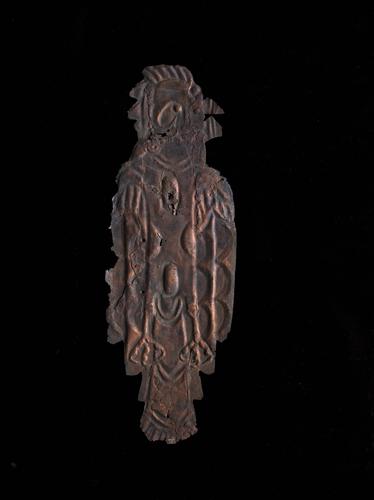Spiro
Located in Le Flore County, Oklahoma, Spiro is one of America’s most important, but little known, ancient cultural and religious centers. Containing twelve mounds and a population of several thousand, it was physically unremarkable when compared to many other North American Mississippian sites. It is not the largest center ever discovered, nor did it have the biggest population. It also was not palisaded, as were the ceremonial centers of Cahokia, Moundville, and Etowah. What makes Spiro truly unique, however, is that it contained the largest assemblage of engraved, embossed, and carved objects of any presently known Mississippian site. In fact, according to James A. Brown, 90 percent of all known engraved shell and ritual artifacts come from this single site, specifically Craig Mound. The quality, quantity, and variety of works found at Spiro are staggering. Thousands of objects, created in various mediums, bear images of people, deities, deity impersonators, familiar animals, and mysterious composite creatures. They also depict events in complex pictorial narratives. Like the other regional centers, Spiro had a distinct artistic style, known as Craig. Although other regional styles, such as those found at or near Moundville, Etowah, and the Tennessee Cumberland area, are found at Spiro, the Craig style appears to be unique to this region and is likely Caddoan in origin. In fact, one specific subgrouping identified as Craig C is found only at Spiro.
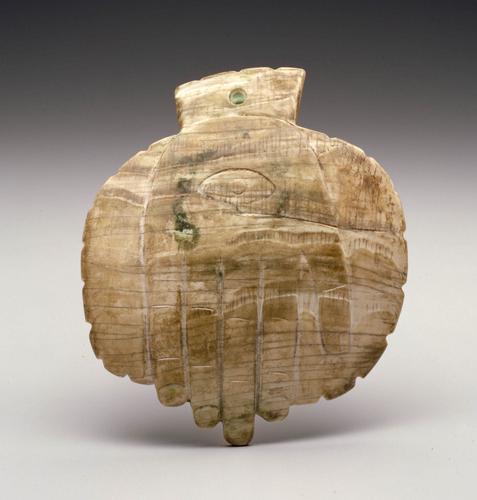
Engraved shell pendant
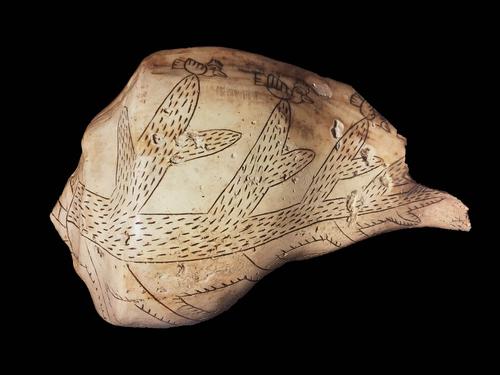
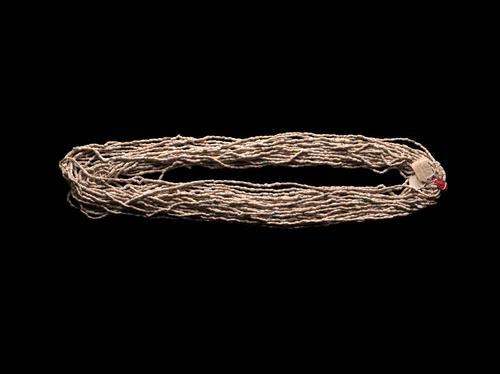
Beaded necklace
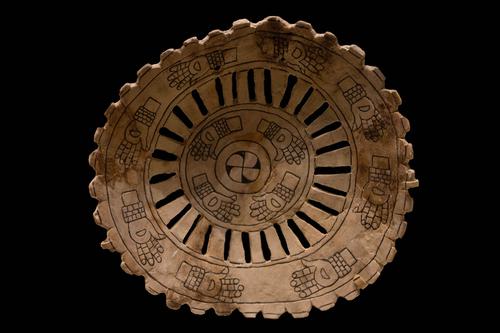
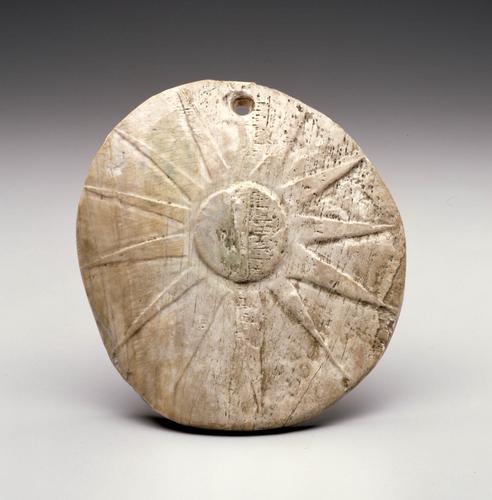
Engraved shell pendant
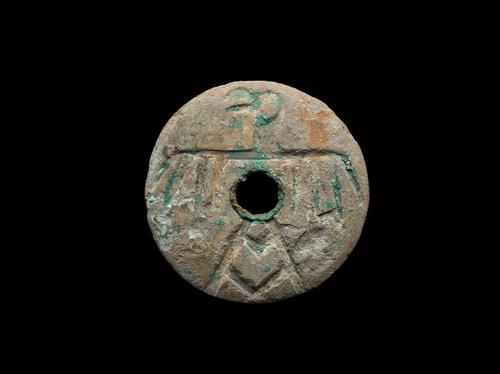
Earspool with bird motif

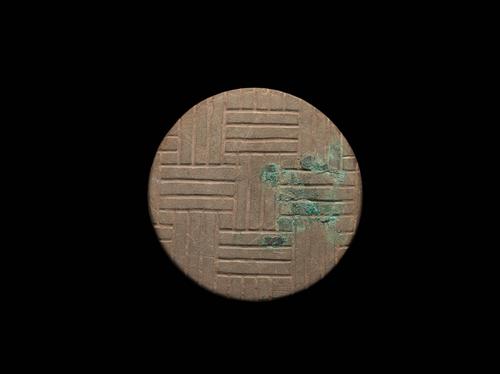
Earspool
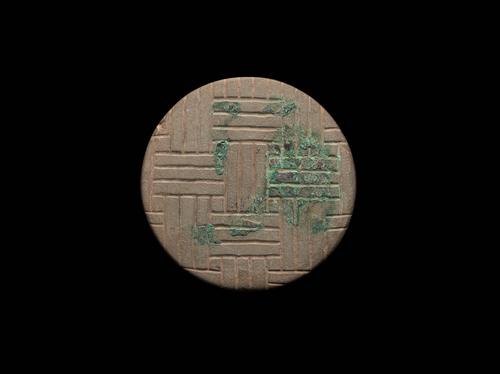
Earspool
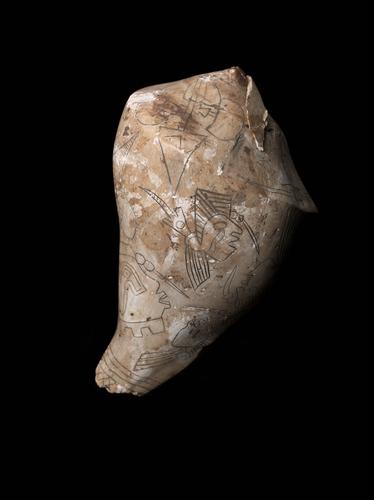
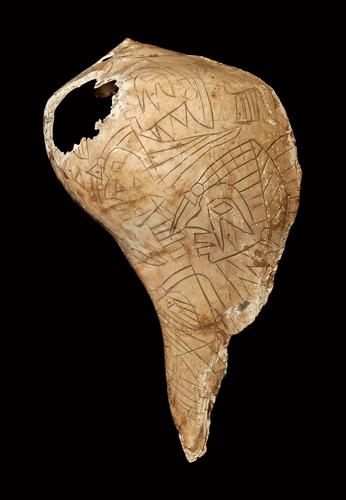
Engraved shell cup

Williams plain jar

T-shaped pipe
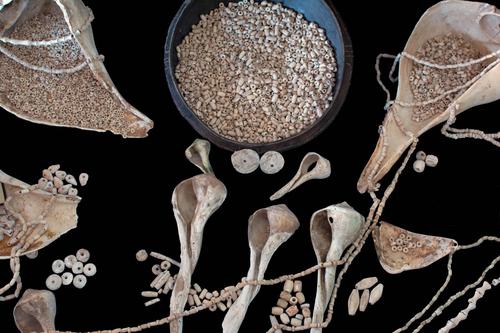
Assorted shell and other artifacts
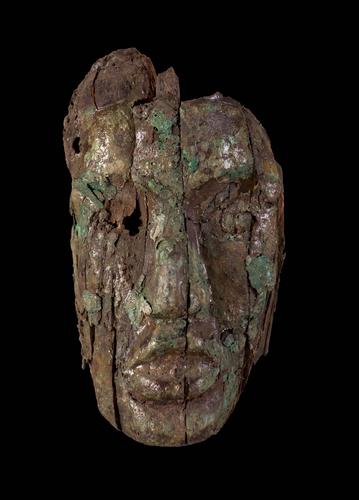
Wooden mask from Spiro
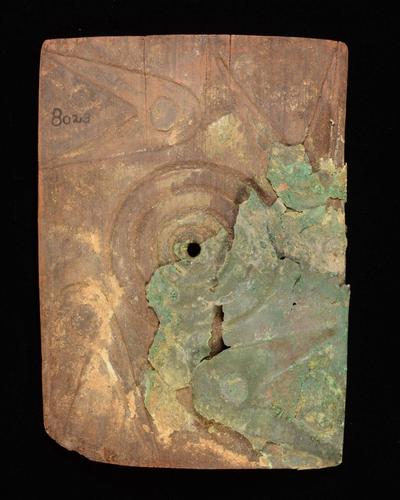
Wooden plate with copper overlay
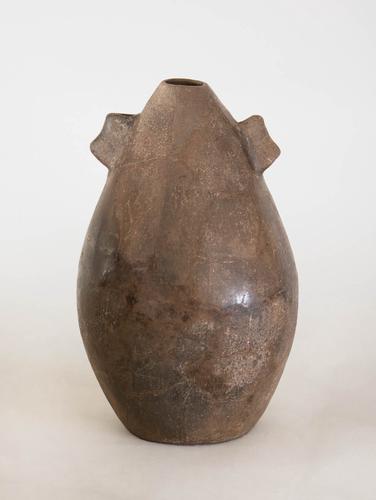
Spiro ceramic
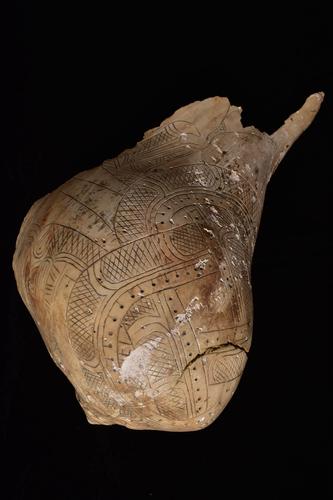
Engraved shell cup

Spiro ceramic
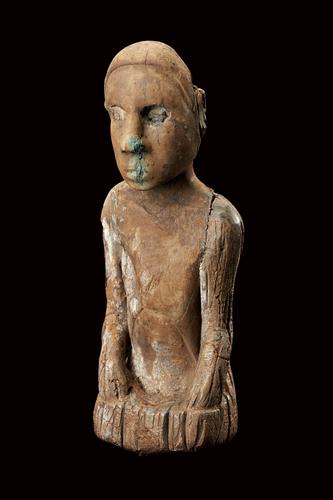
Human effigy
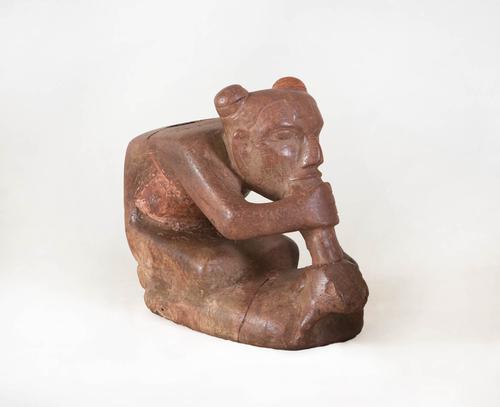
Other-Than-Human-Person pipe
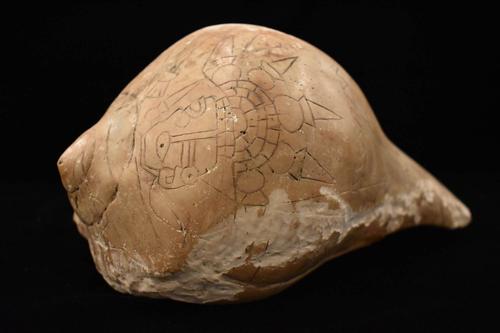
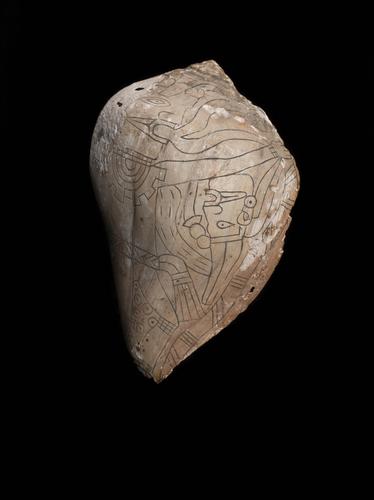
Engraved shell cup
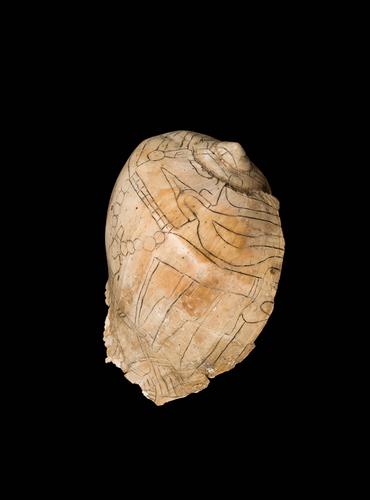
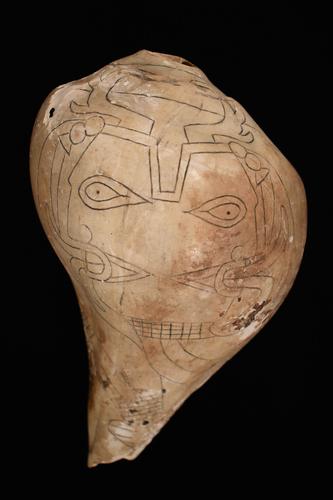
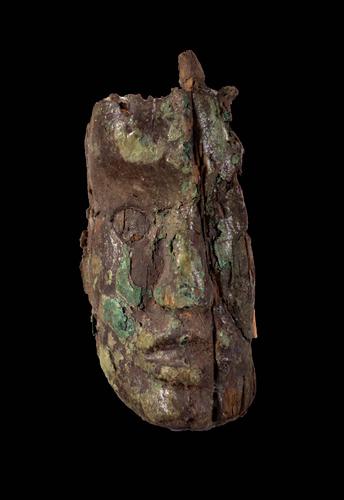
Human face effigy mask
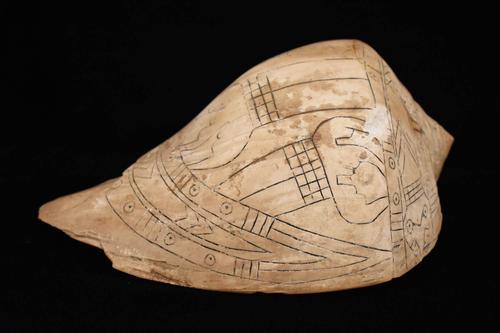
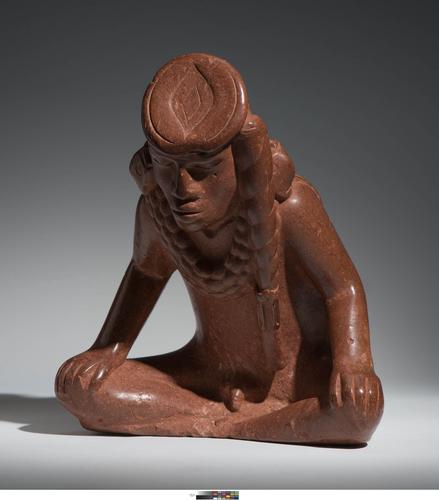
Effigy pipe of seated male figure
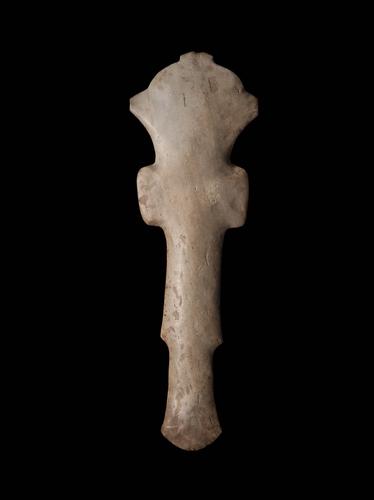
Ceremonial mace
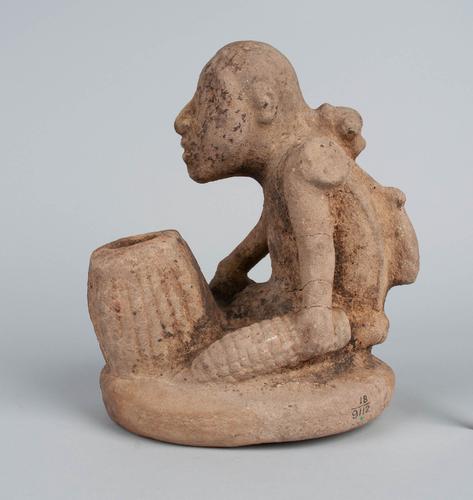
Earthmother effigy pipe
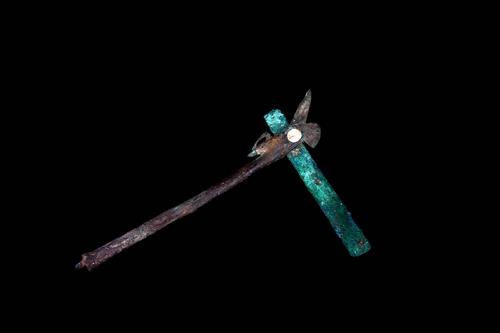
Woodpecker effigy axe

Conquering warrior effigy pipe
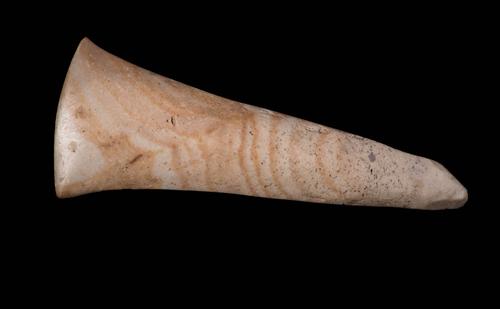
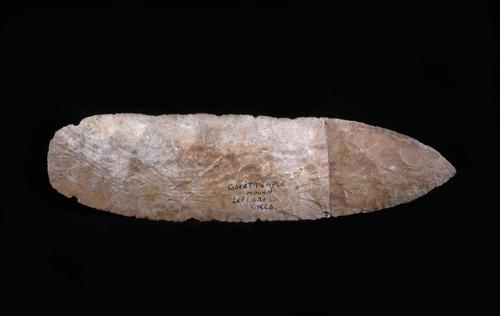
Blade
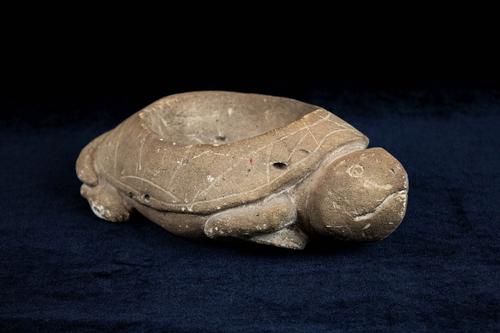
Turtle effigy bowl

Warrior effigy pipe
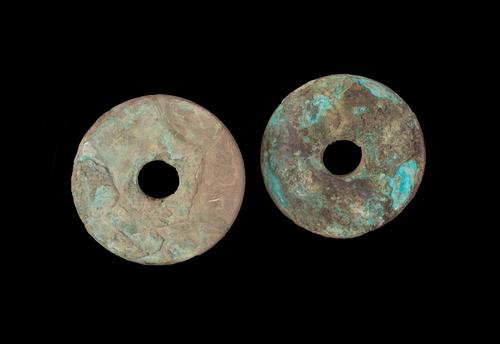
Earspools
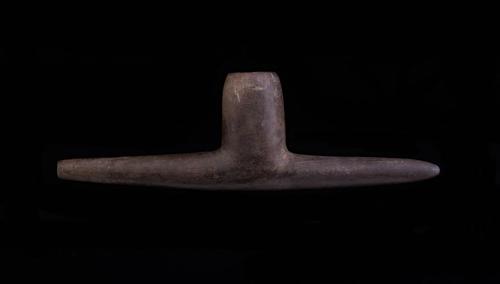
T-shaped pipe
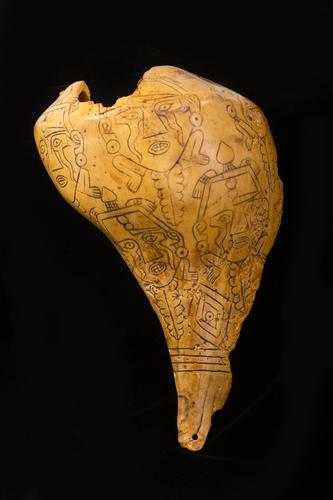
Engraved shell cup with human face on the shell of turtles

Textile fragment
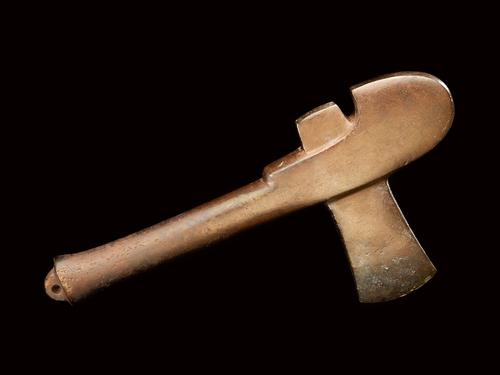
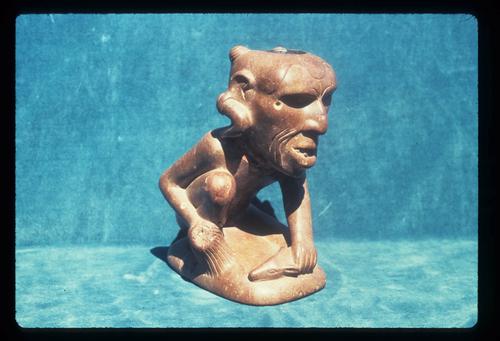
Other-Than-Human-Person effigy pipe

Monolithic axe
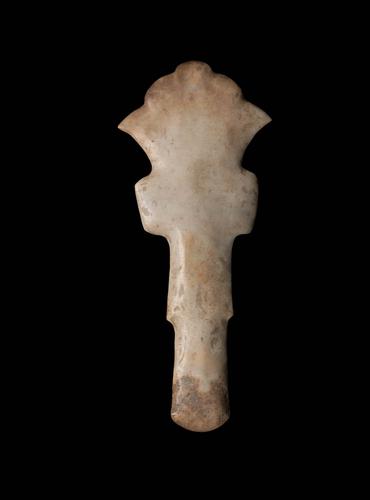
Crown-form mace
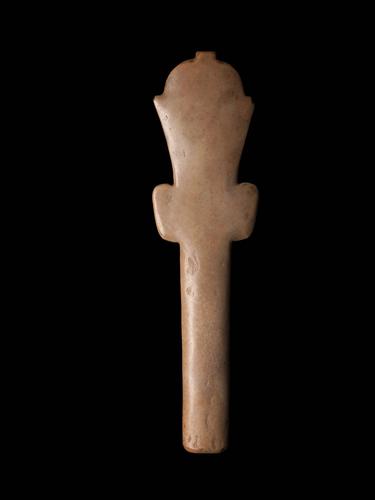
Crown-form mace
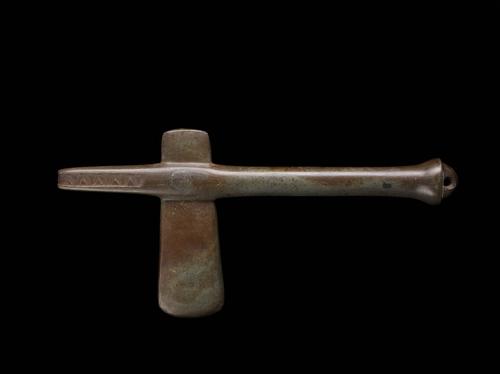
Monolithic axe
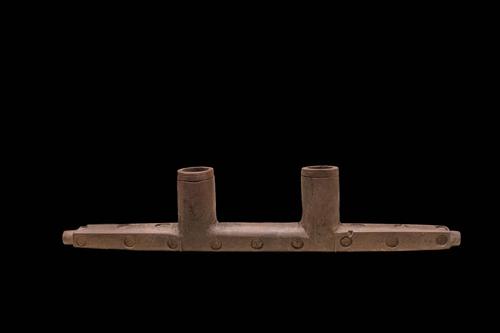
Double bowl T-shaped pipe

COPPER PENDANT WITH BASKETRY FRAGMENTS
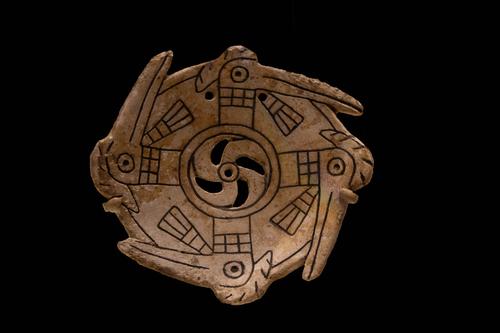
Crested bird gorget
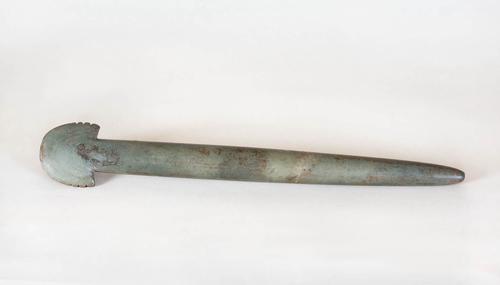
Long-handled spatulate celt
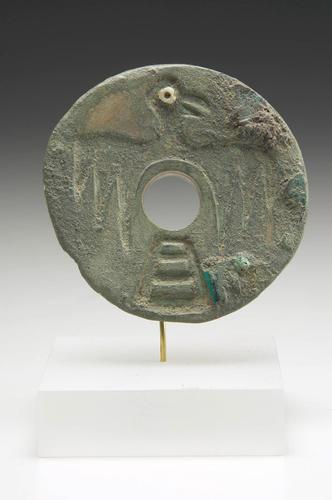
Bird effigy earspool
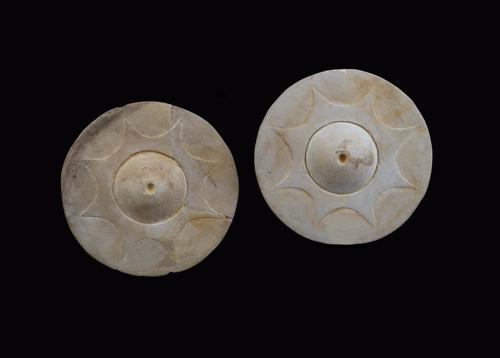
Eight-point star motif earspools
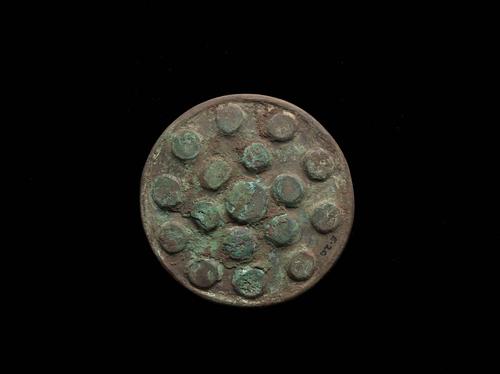
Earspool
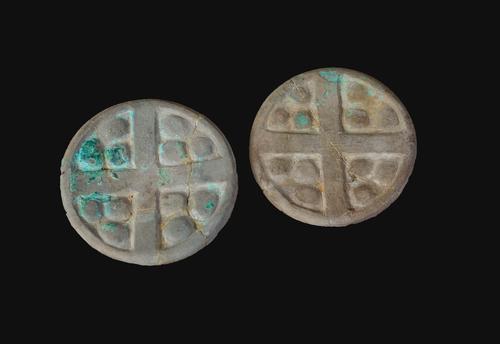
Earspool with cross motif
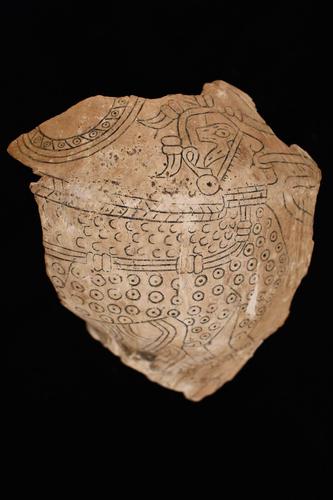
Fragment of engraved shell cup with image of Underwater Panther
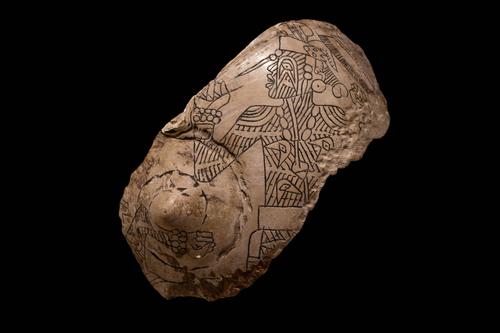
Engraved shell of figure with tattoos and earspools
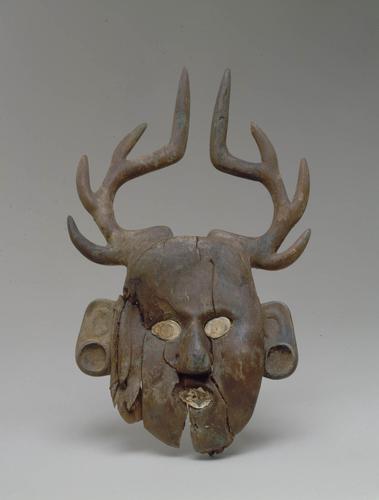
Human face effigy with deer antlers
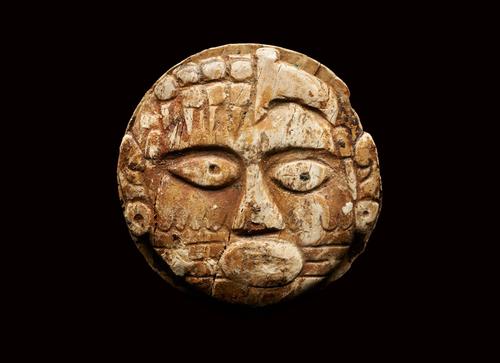
Engraved shell bead
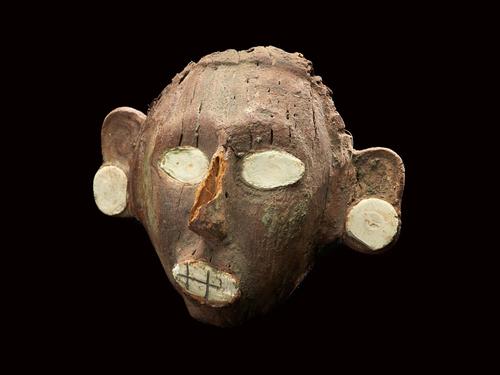
Human effigy mask
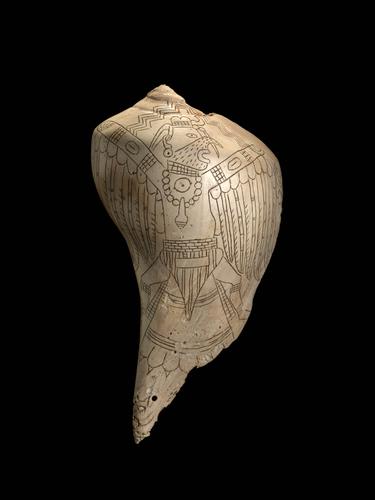
Engraved shell cup with depiction of Birdman
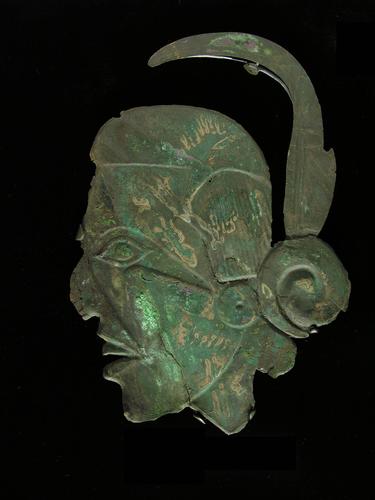
Human head effigy plate
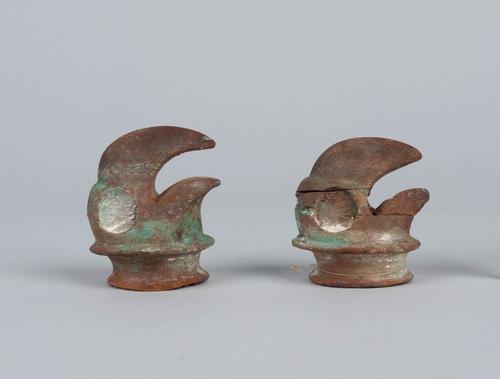
Raptor effigy earspools
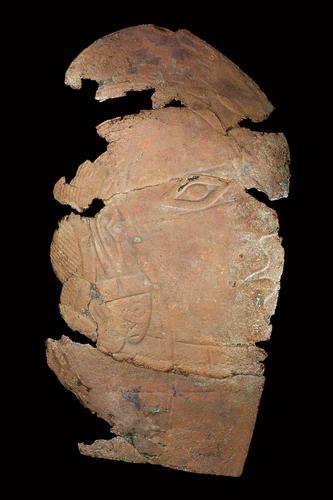
Repoussé plaque depicting human head with long-nosed ear ornaments
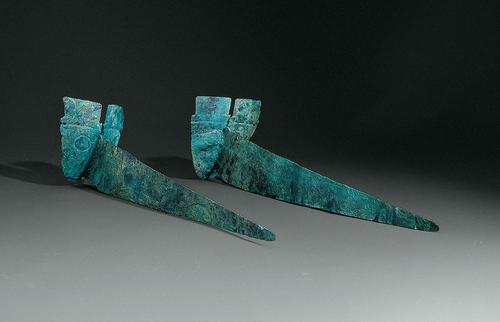
Long-nosed maskette ear ornaments
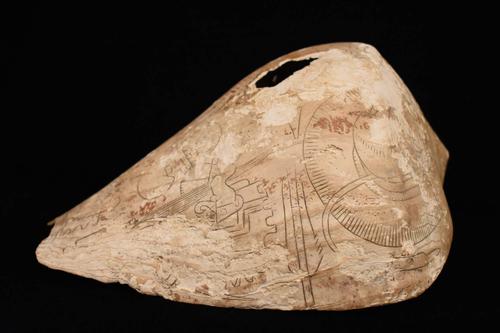
Engraved shell cup with long-nosed maskette on floating head
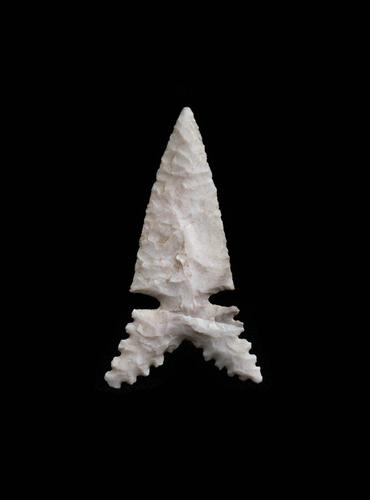
Tribute point
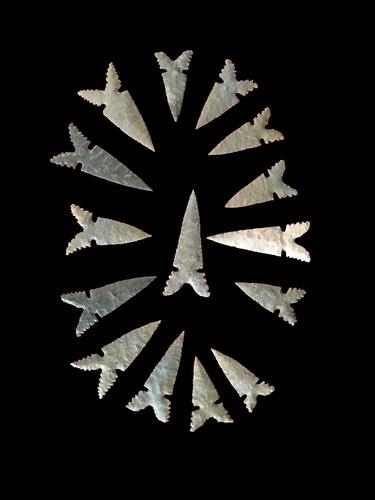
Grouping of Tribute points
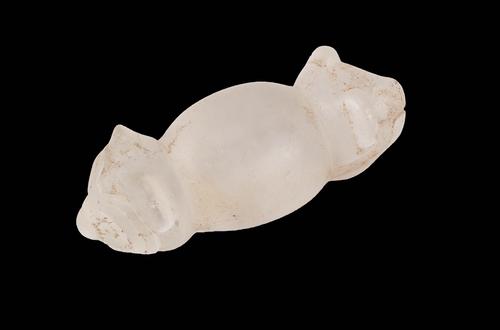
Crystal owl and feline boatstone effigy
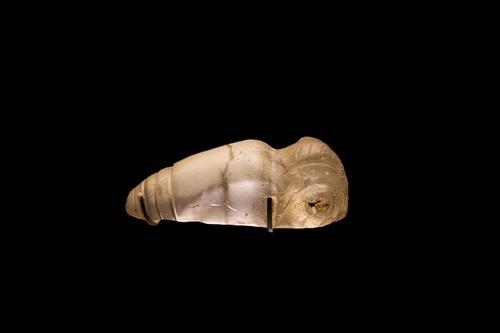
Crystal effigy boatstone of sphinx moth pupa
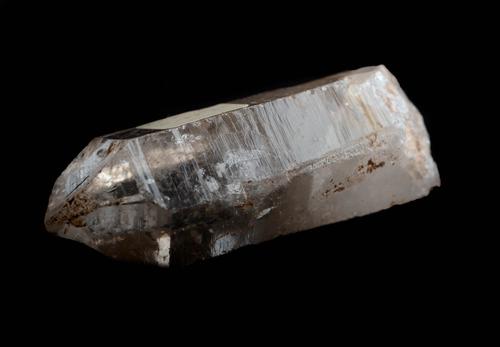
Crystal

Crystal points
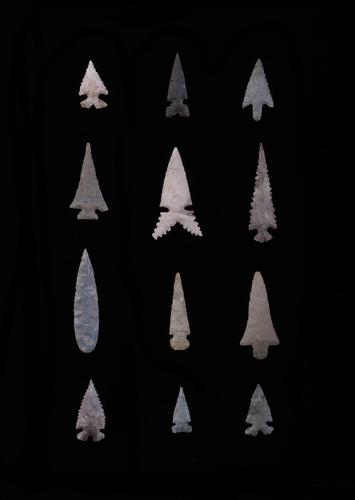
Assorted point types from Spiro
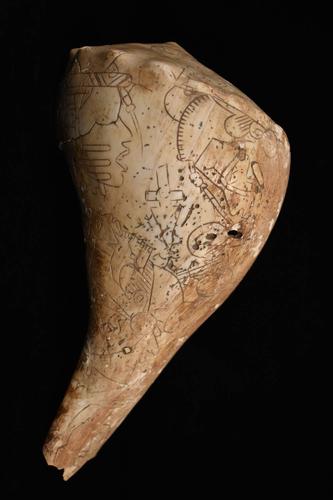
Engraved shell cup

Mineral Springs knife
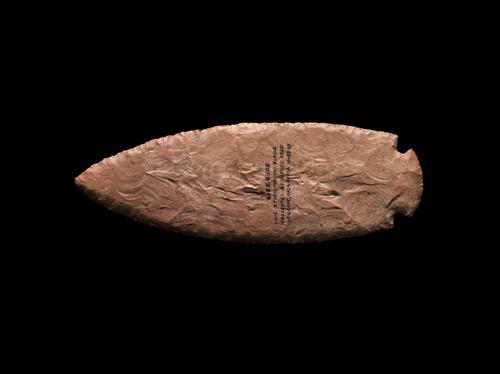
Florence chert Kay knife
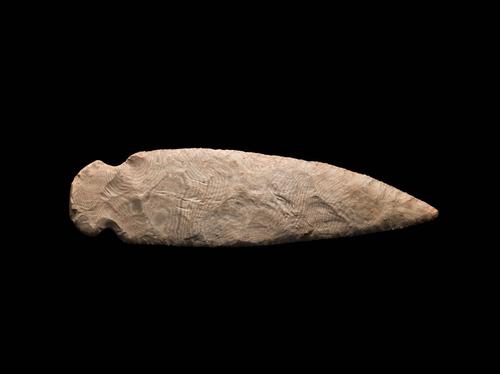
Florence chert Kay knife
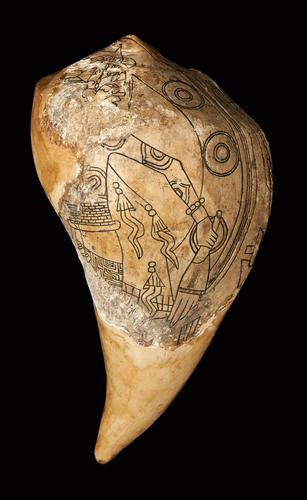
Engraved shell cup
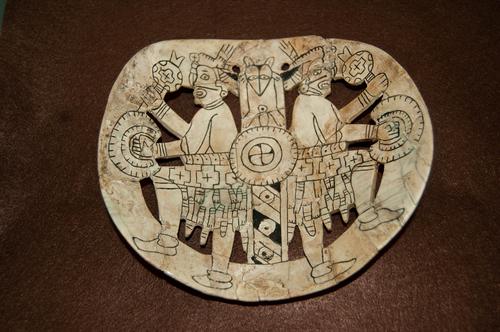
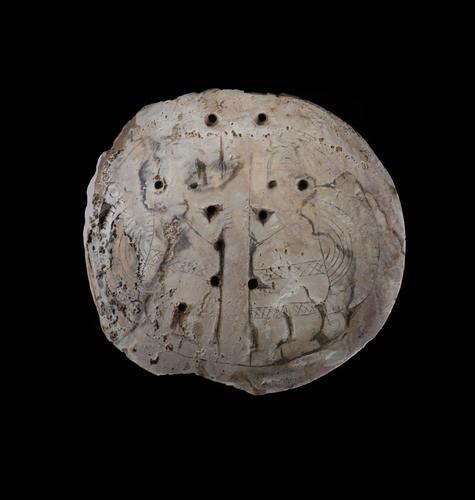
Engraved gorget with two dancing figures surrounding a pole
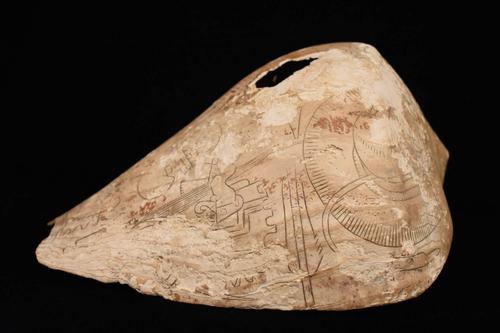
Engraved shell cup with long-nosed-god maskette on floating head
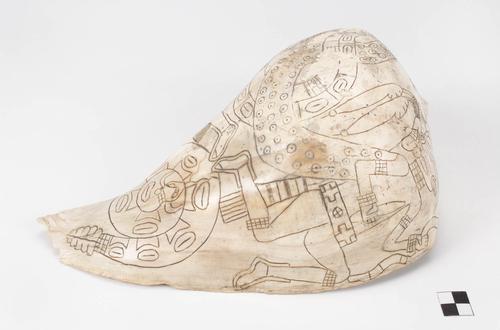
Engraved shell cup with two supernatural figures with snake extremities dancing above a coiled snake
Craig style
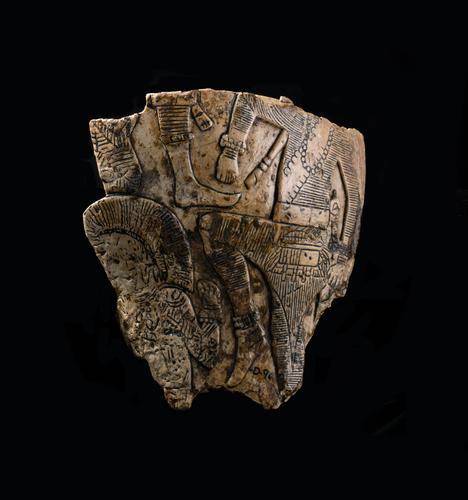
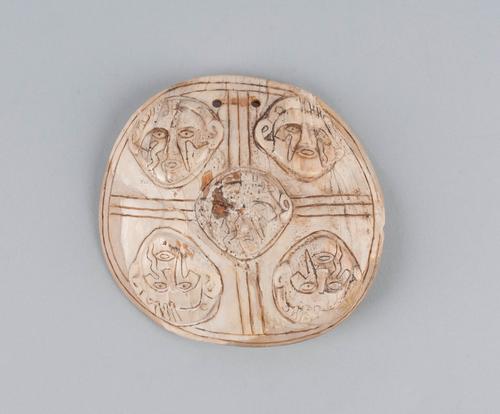
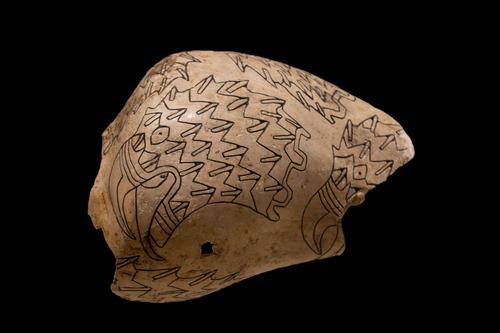
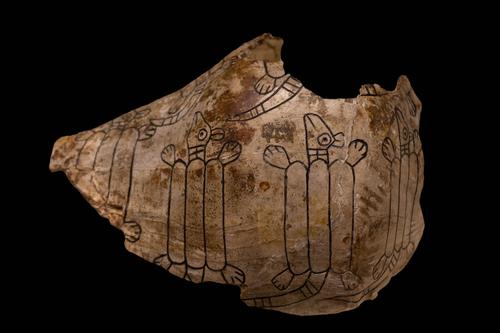
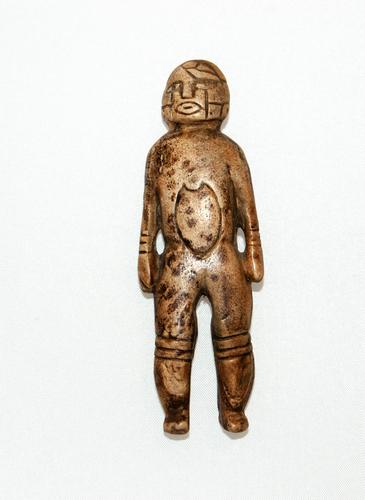
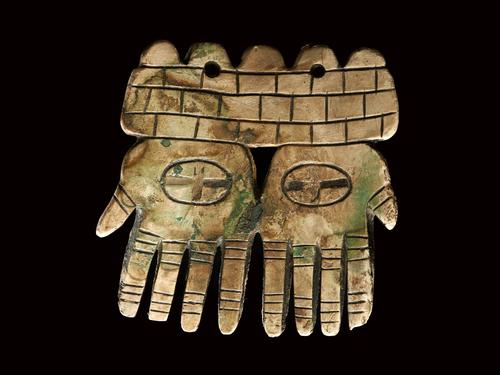
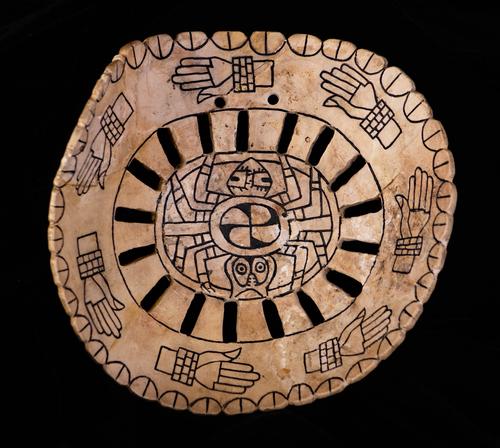

Engraved shell with four winged serpents surrounding a cross-in-circle motif
Craig style
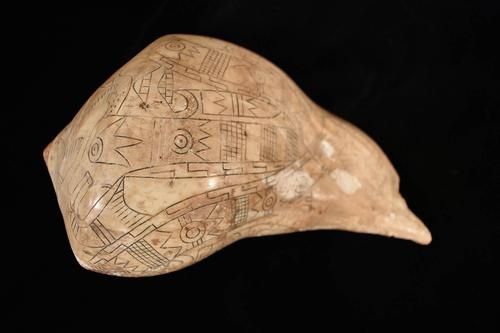
Engraved shell cup with underwater serpents
